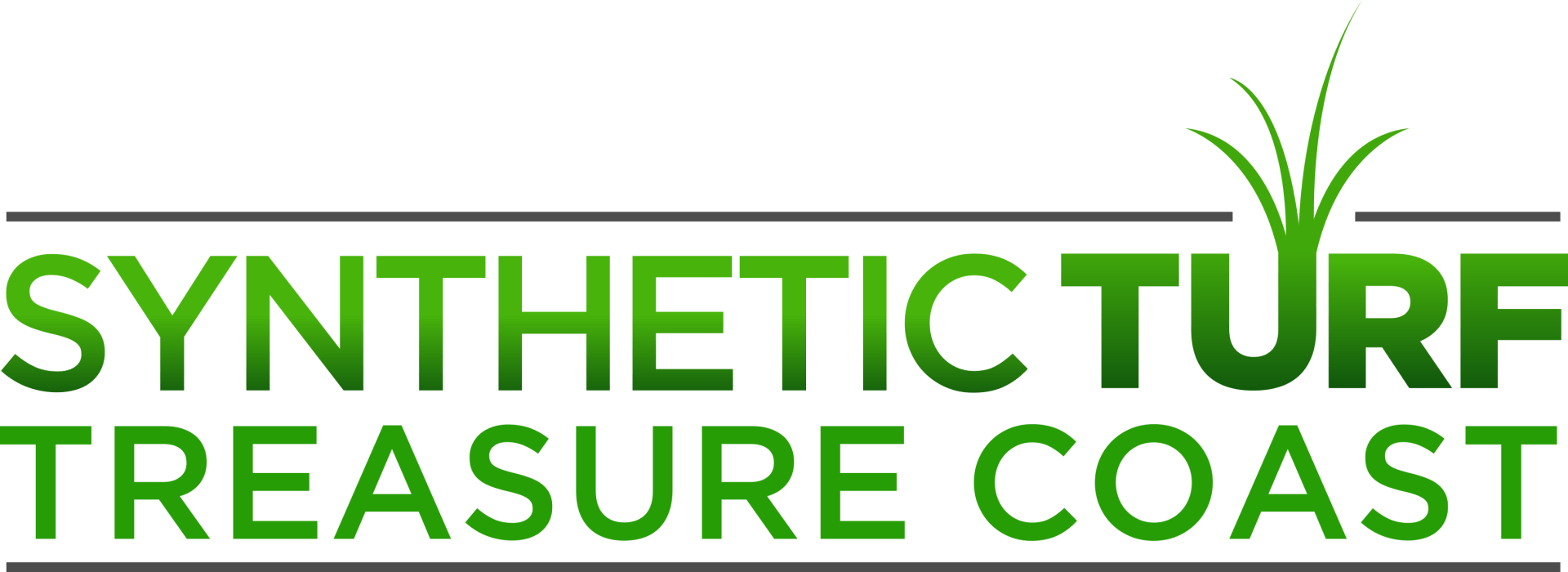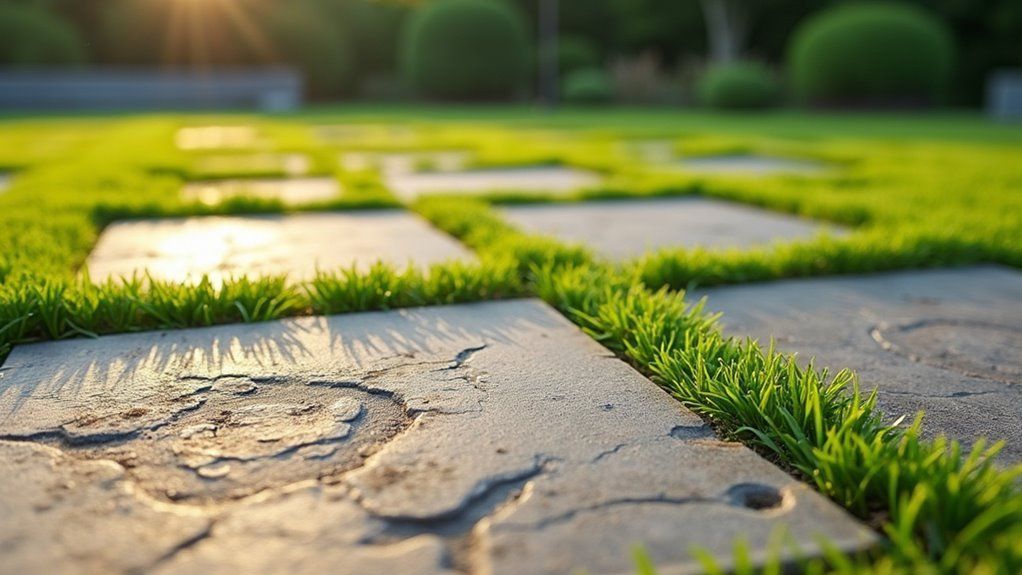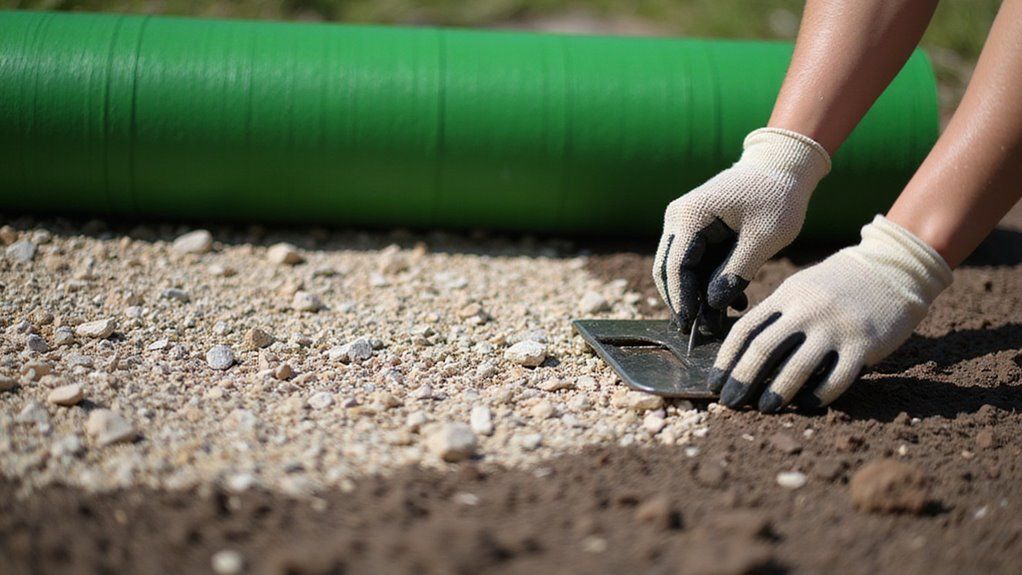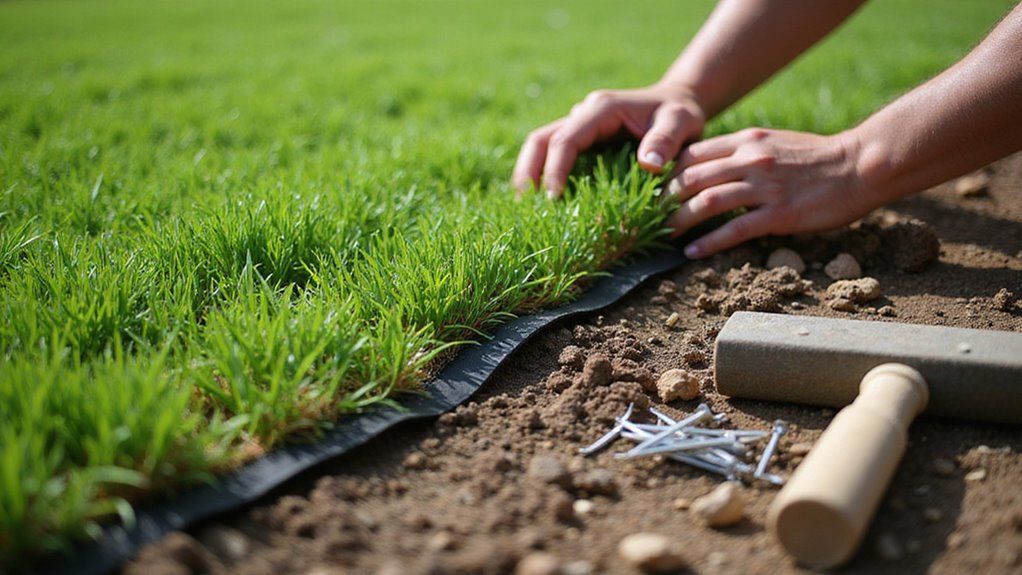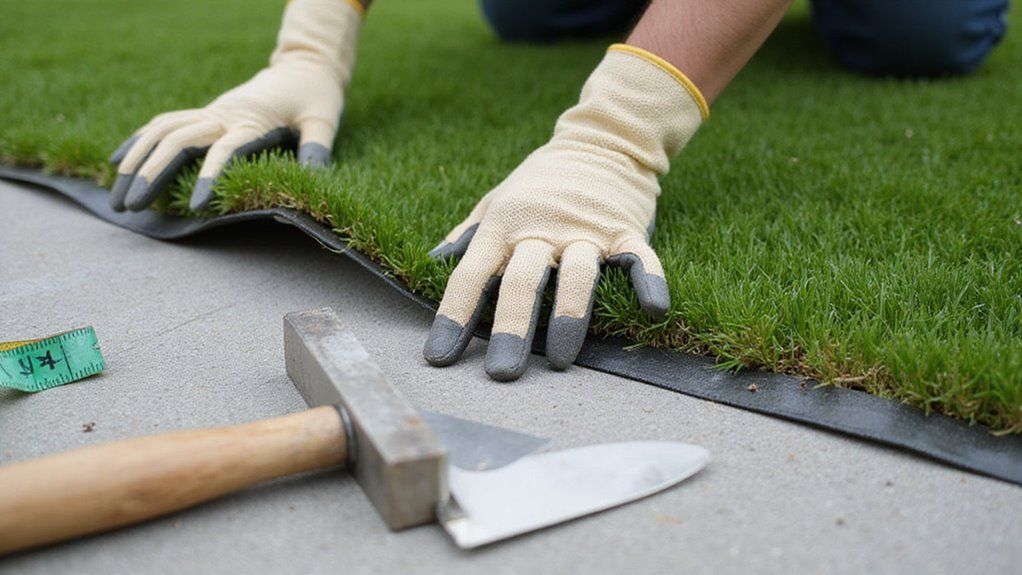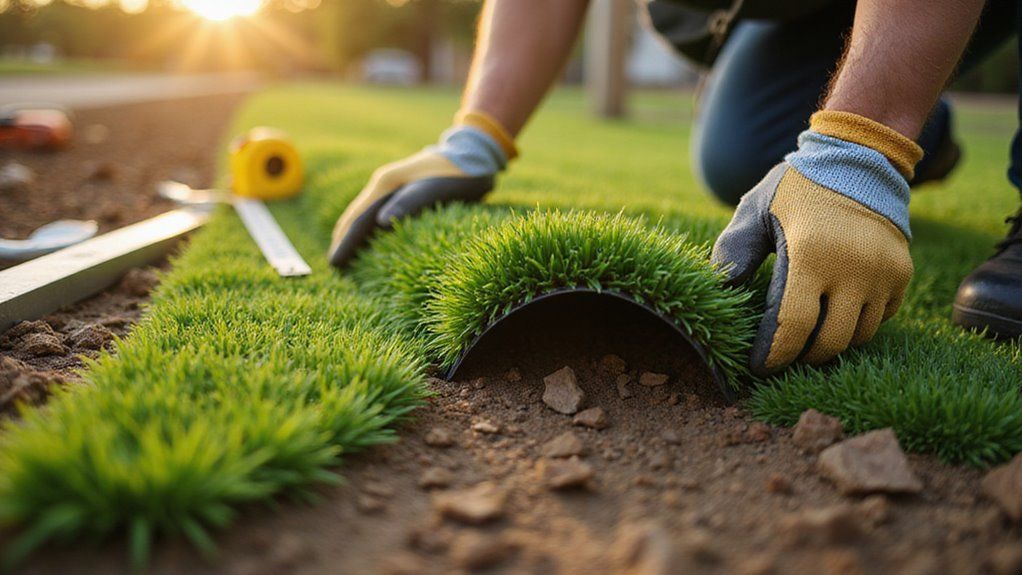Synthetic Turf: A Sustainable Option for Landscaping
Artificial grass has evolved into an increasingly popular option for landscaping in recent years. Not only does it provide a lush and green appearance all year round, but it also offers a sustainable alternative to traditional natural grass.
One of the biggest benefits for many pet owners is that artificial grass is easy to clean when it comes to pet droppings. You can easily hose the grass down to get rid of liquid waste, while any solids can be spotted and then picked up and safely disposed of. If care is taken to remove or dilute the waste, artificial turf will experience little or no damage. (1) Synthetic turf is not only a practical choice for pet owners but also offers a wide range of ecological advantages, making it a sustainable option for any landscaping project.
Water Conservation
Unlike natural grass, which demands regular watering to stay lush and vibrant, synthetic turf requires minimal irrigation. This drastic reduction in water usage alleviates the strain on local water resources and diminishes the need for harmful fertilizers and pesticides. This shift toward a low-water landscape significantly contributes to preserving ecosystems and habitats, promoting biodiversity.
Moreover, backyard turf prevents runoff of chemicals from fertilizers and pesticides into local water bodies. This helps maintain the health of aquatic ecosystems, supporting the diverse flora and fauna that rely on these habitats. You actively contribute to sustainable landscaping practices by choosing synthetic turf, promoting a more balanced and eco-friendly approach to outdoor spaces. This conserves water and fosters a healthier, greener environment for both humans and wildlife alike.
Reduction of Chemical Use
You play a crucial role in reducing chemical usage by opting for synthetic turf in your landscaping project. Unlike natural grass, which often requires fertilizers and pesticides to maintain its appearance, synthetic turf is virtually maintenance-free. This means you can eliminate the need for these harmful chemicals, which can harm local ecosystems and water bodies.
This reduction in chemical use is particularly significant in safeguarding the health of pollinators like bees, butterflies, and other wildlife that may come into contact with treated grass areas. Additionally, it prevents the leaching of these chemicals into the soil. You contribute to a circular economy, support sustainable practices in landscaping, and save money on both upfront and long-term backyard turf cost.

Decreased Carbon Emissions
A backyard turf soccer field demands minimal maintenance. This means you're saving time and effort and decreasing the use of fossil fuels, lowering your carbon footprint.
Additionally, the production of synthetic turf involves fewer carbon-intensive processes compared to the cultivation and maintenance of natural grass. The synthetic turf's long lifespan further contributes to its eco-friendliness, as it reduces the need for regular replacements and the associated energy and resources required for reseeding and regrowing natural grass.
Preservation of Natural Resources
Synthetic turf supports biodiversity by reducing the need for extensive land development. This means fewer habitats are disturbed or destroyed, allowing local flora and fauna to thrive. It also curtails the emission of greenhouse gases associated with lawn maintenance machinery, contributing to a reduced carbon footprint.
Additionally, synthetic turf provides a stable and consistent habitat for insects and small wildlife. With its durable, low-maintenance nature, you can limit the use of heavy machinery and equipment for upkeep, reducing noise pollution. This sustainable choice also minimizes the demand for landfills, as synthetic turf's longevity means less frequent replacement and disposal.
Elimination of Waste
You won't need to regularly replace or dispose of worn-out patches, saving you time, effort, and resources. The durable nature of synthetic turf means it can withstand serious foot traffic and brutal weather conditions, ensuring it remains vibrant and intact for years. This eliminates the need for frequent reseeding or replanting, reducing the volume of organic waste produced.
Furthermore, synthetic turf's long lifespan means fewer materials are required over time, curbing the production and transportation of lawn-related products, such as grass seed and sod. This reduction in resource-intensive processes contributes to a more sustainable landscaping solution.
Cooler Surface
Opting for a backyard turf field brings an ecological advantage through its ability to maintain a cooler surface. You'll notice a significant reduction in heat absorption compared to traditional grass lawns. This means less heat radiating from your landscape, contributing to a cooler microclimate around your property.
Moreover, the cooler surface of synthetic turf leads to lower energy consumption for air conditioning systems. With less heat being retained, you'll rely less on artificial cooling methods, reducing electricity usage and associated greenhouse gas emissions. This translates to cost savings for you and helps alleviate strain on local energy grids, making synthetic turf a sustainable and environmentally responsible choice for any landscaping project.
Improved Storm Water Management
Synthetic turf offers a notable ecological advantage through enhanced storm water management. Its porous design allows rainwater to seep through the surface and be absorbed into the underlying soil. This prevents water runoff, which can carry pollutants and contribute to erosion, benefiting local waterways and ecosystems. By choosing synthetic turf, you're actively reducing the burden on storm water systems and preserving the quality of natural water sources.
Furthermore, synthetic turf's efficient drainage capabilities help to alleviate flooding during heavy rain events. This lessens the risk of property damage and minimizes the need for costly flood control measures. Additionally, the improved storm water management associated with synthetic turf helps to regulate groundwater levels, promoting healthier and more stable soil conditions. It also makes artificial turf maintenance easy.
Recyclability
Synthetic turf offers a compelling ecological advantage through its potential for recyclability. When it's time to replace synthetic turf, the materials can often be recycled and repurposed. This lessens the demand for new raw materials, lessening the environmental impact of production. You're contributing to a more circular economy and reducing waste by choosing a recyclable option.
Moreover, recycling synthetic turf helps divert materials from landfills, reducing the strain on waste management systems. This sustainable choice also encourages innovation in recycling technology, further advancing the eco-friendliness of synthetic turf.
Furthermore, the recyclability of synthetic turf helps conserve resources and energy. Using recycled materials in the production process reduces the need for virgin materials, lowering the demand for extraction and manufacturing.
About the author
Kathy Leavell
Kathy Leavell is the founder and owner of Synthetic Turf Treasure Coast, a leading provider of synthetic grass solutions for residential and commercial properties in Florida. With over a decade of experience in the industry, Kathy has become a recognized expert in synthetic turf installation, maintenance, and repair. Under her leadership, Synthetic Turf Treasure Coast has earned a reputation for exceptional customer service and high-quality workmanship.
Prior to starting her own business, Kathy worked in sales and marketing roles at several major synthetic turf manufacturers.
